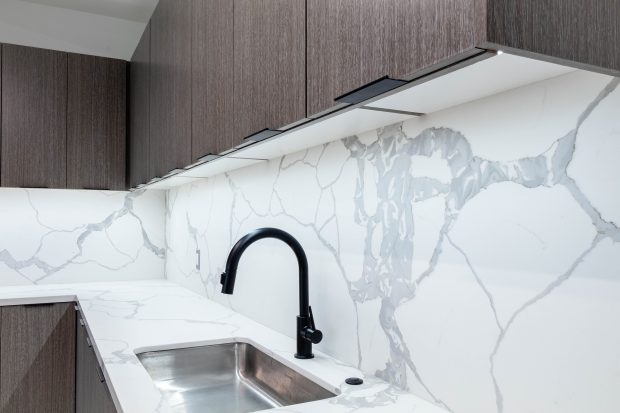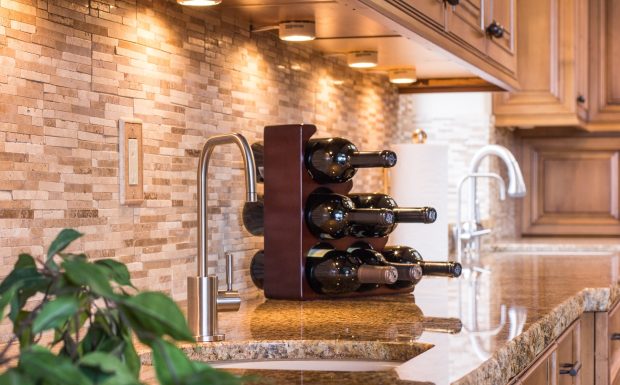When installing a kitchen sink, people often make a few mistakes that can lead to problems down the road, such as water leakage or poor drainage. This blog post discusses some of the most common mistakes people make when installing a kitchen sink and how to avoid them.

Not having the right tools or using the correct supplies
Before starting, ensure you have the right tools for the job. A diy kitchen sink installation often calls for things like a level, a wrench, pliers, and possibly even a drill. A level is essential for making sure the sink is level and secure. Not having the proper tools can slow down your installation process or lead to mistakes being made. Also, when installing a kitchen sink, it’s essential to use the correct supplies, including mounting hardware, washers, and gaskets. Mounting hardware should be corrosion-resistant, and the washers and gaskets should fit correctly. Using the wrong supplies can lead to various problems, such as water leakage or poor drainage.
Failing to seal around the drain opening or take measurements
When installing the sink bowl, it’s vital that you properly seal it around the drain opening. If you fail to do this, water can seep out and potentially cause damage to your cabinets or flooring. Make sure to use a quality silicone caulk or plumber’s putty for best results. You should also take measurements before drilling holes or attaching your mounting hardware to help ensure that the sink is level and secure and that it won’t be too tight or loose when mounted to the countertop.
Forgetting to install the strainer or double-check for leaks
The strainer is an integral part of any sink. It helps to keep debris from going down the drain and clogging up your pipes. Ensure you install a strainer with your new sink and that it’s the right size to fit correctly. You should also double-check for leaks after you’re done. Turn on the water and feel around all the connections to ensure everything is sealed correctly. If not, you should correct it before using your new kitchen sink. Remember that any water leakage can lead to more severe problems down the road, so it’s essential to ensure that everything is sealed correctly.
Not following instructions
Make sure you read and follow all instructions provided with your sink installation kit. Not doing so can result in mistakes during installation, which can be difficult to fix later. If the instructions indicate that you should use a specific type of mounting hardware or supplies, make sure to follow them. Not doing so can cause severe damage to your kitchen sink and the surrounding surfaces. You should also follow the step-by-step instructions carefully and in the order, they are presented. This will help ensure the installation is done correctly and without any problems.
Avoiding these common mistakes ensures that your kitchen sink is installed correctly and ready to use. Don’t forget that if you ever need help, you can always consult a professional plumber. With the right tools and supplies, a professional plumber can quickly have your new sink up and running. Good luck!




